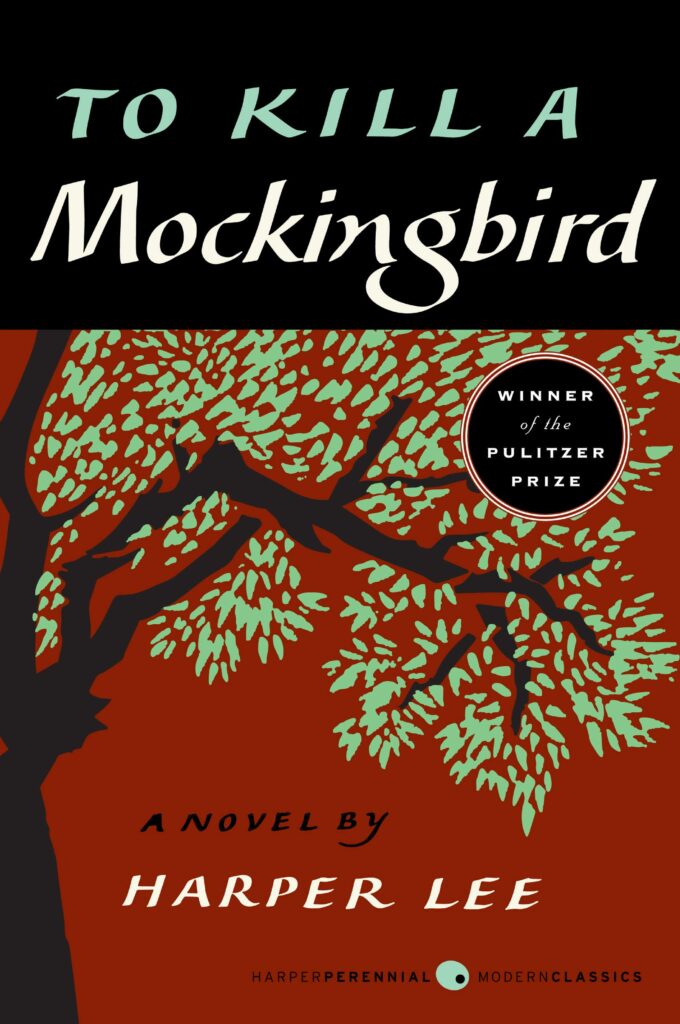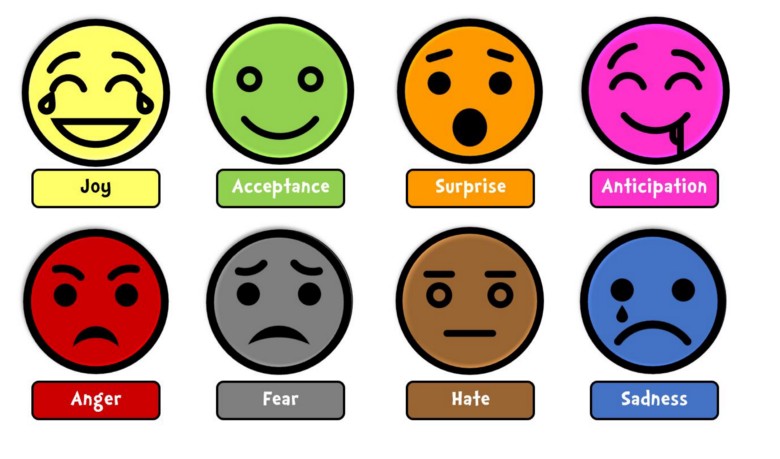
Rhetorical Parallelism is a figure of speech often used to emphasize a point, or to make a statement sound more impressive. It involves repeating the same grammatical structure multiple times, like “I laugh, I cry, I sing and I shout!”
The Art of Rhetorical Parallelism: Creating Impact and Emphasis
Rhetorical parallelism can turn ordinary sentences into powerful statements, captivating readers and making your writing more memorable. By repeating grammatical structures, you can emphasize your point and create a lasting impression on your audience.
Understanding the Power of Rhetorical Parallelism
Rhetorical parallelism can be a game-changer in writing, offering the following benefits:
1. Enhancing Your Message
Rhetorical parallelism highlights important ideas, making them stand out and resonate with readers.
2. Creating Rhythm and Flow
Repeating grammatical structures adds rhythm and flow to your writing, making it more enjoyable to read and easier to understand.
3. Adding Style and Flair
Using rhetorical parallelism can elevate your writing style, giving your work a unique and memorable quality.
Crafting Rhetorical Parallelism in Your Writing
To create rhetorical parallelism in your writing, follow these steps:
- Identify the main idea or message you want to emphasize.
- Determine the grammatical structure you will use to convey this idea.
- Repeat the chosen grammatical structure multiple times, ensuring consistency in tone and style.
Examples of Rhetorical Parallelism in Literature and Speeches
Rhetorical parallelism has been used effectively by many writers and speakers throughout history. Consider these examples:
- “I have a dream that one day this nation will rise up and live out the true meaning of its creed: ‘We hold these truths to be self-evident, that all men are created equal.'” – Martin Luther King Jr.
- “We shall fight on the beaches, we shall fight on the landing grounds, we shall fight in the fields and in the streets, we shall fight in the hills; we shall never surrender.” – Winston Churchill
- “It was the best of times, it was the worst of times, it was the age of wisdom, it was the age of foolishness…” – Charles Dickens, A Tale of Two Cities
More Examples to Inspire Your Writing
Here are additional examples of rhetorical parallelism to help you create powerful and memorable statements in your own writing:
- “She is strong, she is determined, she is unstoppable.”
- “He spoke with conviction, with passion, with truth.”
- “We live, we learn, we grow.”
Conclusion: Mastering Rhetorical Parallelism
By incorporating rhetorical parallelism in your writing, you can create a powerful impact on your readers and make your work more memorable. Familiarize yourself with different types of parallelism and practice using them in your writing to enhance your style and make your message more captivating.
Embrace the art of rhetorical parallelism and watch as your writing takes on a new life, engaging and inspiring your audience with its rhythm, flow, and emphasis. With practice and a keen understanding of grammatical structures, you can master the skill of rhetorical parallelism and elevate your writing to new heights.
If you’re thirsty for more writing knowledge, head over here to learn all 74 literary devices.




